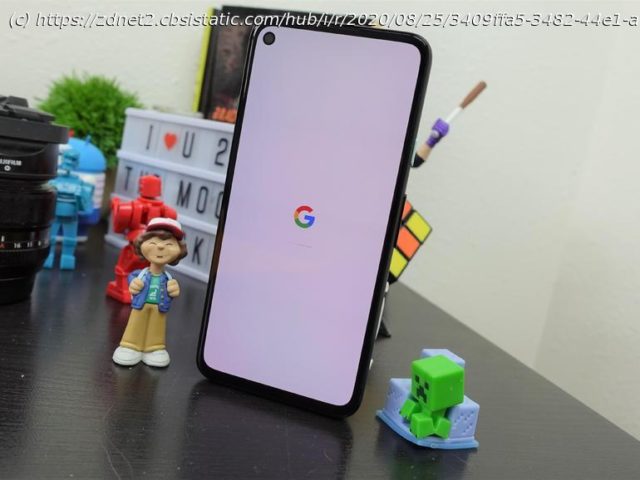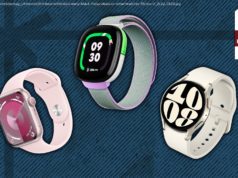If it wasn’t for the lack of this lone feature, the Pixel 4A would be in the running for my favorite phone so far in 2020.
I’m burnt out. I’m over the hyperbolic and hubris-filled flagship smartphone launches, the promises that a phone will change how I work and live, and the four-figure price tag I’ll have to justify to gain access to it. Don’t get me wrong. The recently launched Galaxy Note 20 Ultra is one fine piece of kit. The Swiss Army Knife of phones, if you will. It can do anything and everything you’d want a phone to do and then some. But it’s also $1,300. The iPhone 11 Pro Max that’s been by my side since launch day is just as powerful and useful in my daily life, but I paid $1,249 for it. That’s a lot of money for a phone, even if it is something I spend several hours staring at every single day. To see what life was like at the other end of the phone price scale, I turned off iMessage on my iPhone, moved my SIM card to Google’s $349 Pixel 4A, and have been using it as my main phone for the last week. And you know what? I loved almost every second of it. From the overall size and screen size, which was a nice break from the 6.9-inch Note 20 Ultra screen that seems more suitable for a tablet than a phone, to the consistent performance that was free of any hiccups or issues, the entire experience was enjoyable. There’s always a little adjustment period after switching to the 5.
Домой
United States
USA — software Google's Pixel 4A is nearly perfect, but it's missing a key feature






